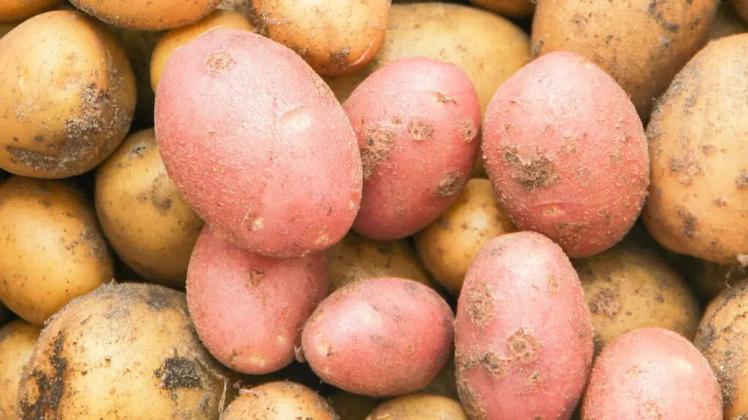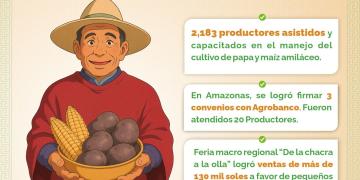Germany: Potato researchers reveal a 10,000-year-old secret
Munich researchers look into the genetic core of historical potato varieties – and are amazed.

The potato feeds more than 1.3 billion people worldwide—but the breeding successes are by no means earth-shattering. Many of the most widely used potatoes were bred many years ago. A press release from the Ludwig Maximilian University (LMU) in Munich cites the potato’s complex genome as the reason for this rare breeding success: each cell contains four genomes instead of just two. Munich researchers from the LMU and the Max Planck Institute for Plant Breeding Research have now apparently solved the mystery of Europe’s potatoes and decoded the genomes of important varieties.
As the researchers report in the renowned journal Nature, they were able to reconstruct the genome of ten historical potato varieties and used this knowledge to reconstruct other potato genomes significantly more easily and quickly.
Historical varieties point the way to the modern genome
The Munich team, together with researchers from Wageningen University, the Leibniz Institute of Plant Genetics and Crop Plant Research (IPK), and Xi’an Jiaotong University in China, selected historic varieties that were cultivated as early as the 18th century, among other places. This was the period in which European breeding programs began. The researchers now wanted to first determine how much diversity existed in these potatoes in order to understand "how high the genetic potential of our potatoes is," as team leader LMU Professor Korbinian Schneeberger explains.
The results showed that diversity is limited. The potato’s genetic pool is extremely narrow: The ten potatoes examined already cover 85 percent of the genetic variability of all modern European potatoes.
Potatoes from South America fail in Europe
The researchers explain this with bottleneck effects: Of the already few potato strains imported from South America from the 16th century onwards, most failed under European conditions. Diseases then further diminished the reduced gene pool. The most famous example is tuber blight, which led to almost complete crop failure and catastrophic famines in Ireland in the 1840s, but also in the rest of Europe.
Indigenous peoples have been creating genetic diversity for 10,000 years
At the same time, to the researchers’ surprise, the study showed that the differences between individual genome components can be enormous. "Although there aren’t many different chromosomes, when the chromosomes do differ, they do so to an extent we’ve never seen before in domesticated plants," says Schneeberger. The differences are about twenty times greater than those found in humans. These differences were likely created by the indigenous peoples who domesticated potatoes in South America 10,000 years ago.
French fries variety dates back to 1908
Most recently, the researchers developed a novel approach that will enable the future analysis of the genomes of approximately 2,000 potatoes registered with the EU. Instead of laboriously reconstructing a genome, easily generated data are compared with the now known genomes to determine which of the known chromosomes are present in a variety. The researchers demonstrated that this works using the Russet Burbank potato variety, which has existed since 1908 and remains one of the standard French fry varieties to this day.
Fuente: agrarheute.com




